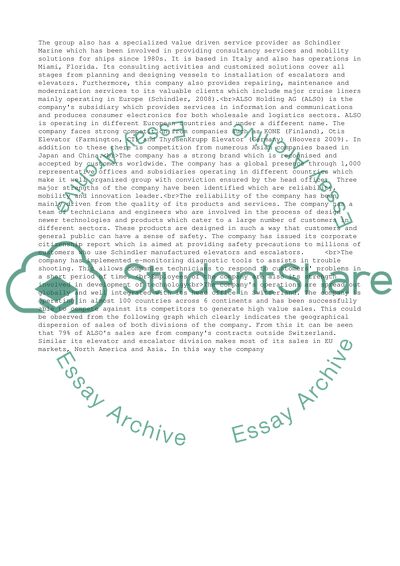Cite this document
(“Financial Report Case Study Example | Topics and Well Written Essays - 2750 words”, n.d.)
Financial Report Case Study Example | Topics and Well Written Essays - 2750 words. Retrieved from https://studentshare.org/business/1518135-financial-report-case-study
Financial Report Case Study Example | Topics and Well Written Essays - 2750 words. Retrieved from https://studentshare.org/business/1518135-financial-report-case-study
(Financial Report Case Study Example | Topics and Well Written Essays - 2750 Words)
Financial Report Case Study Example | Topics and Well Written Essays - 2750 Words. https://studentshare.org/business/1518135-financial-report-case-study.
Financial Report Case Study Example | Topics and Well Written Essays - 2750 Words. https://studentshare.org/business/1518135-financial-report-case-study.
“Financial Report Case Study Example | Topics and Well Written Essays - 2750 Words”, n.d. https://studentshare.org/business/1518135-financial-report-case-study.


